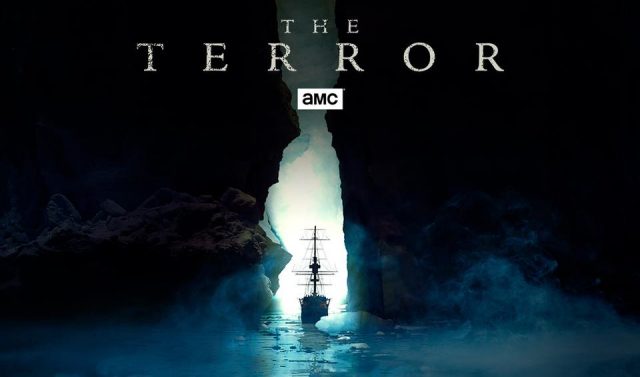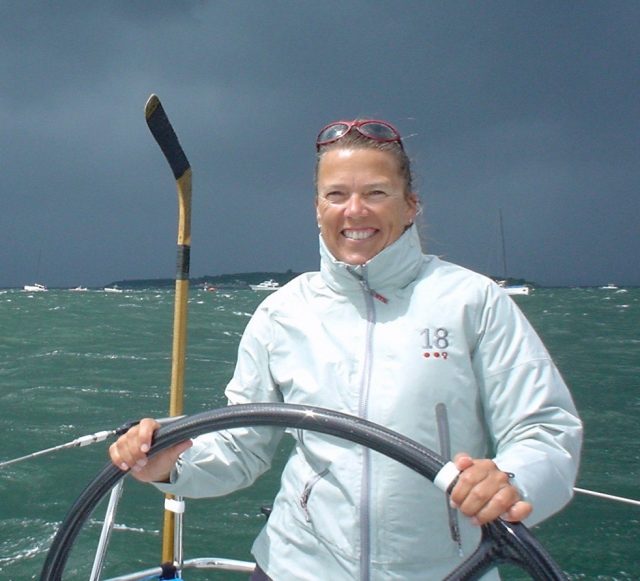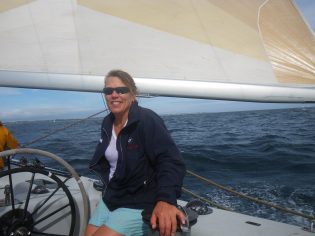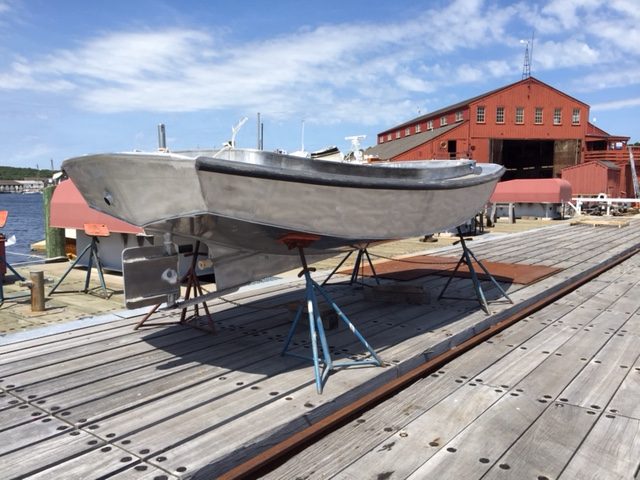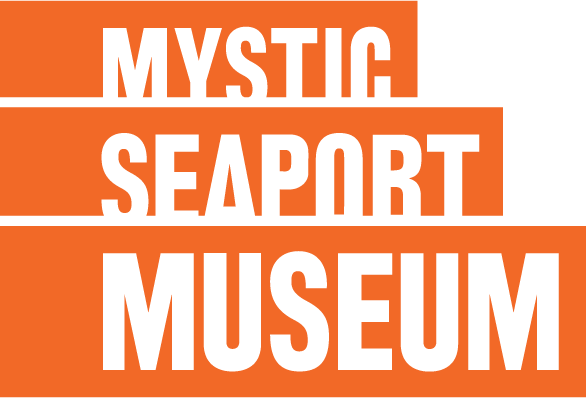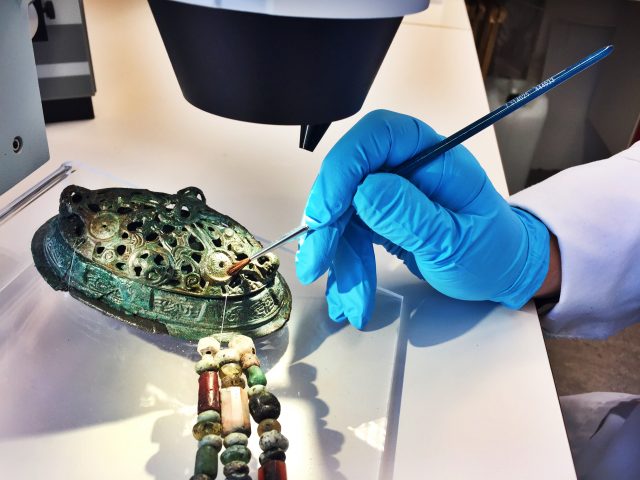
A modern-day fascination with Vikings and Viking culture will be satisfied by the Saturday, May 19th opening of The Vikings Begin: Treasures from Uppsala University, Sweden, at Mystic Seaport. The exhibition will bring artifacts from one of the world’s finest early Viking-age collections outside of their home in Sweden for the first time. It will be the international debut for the exhibition.
Priceless treasures, including helmets, shields, weapons, glass, and other artifacts dating as early as the 7th century, are included in this collection from Gustavianum, Uppsala University Museum in Sweden, Scandinavia’s oldest university.
“The Vikings Begin is a wonderful opportunity for people to tap into their fascination with all things Viking, and be able to expand the scope of understanding about Viking and pre-Viking cultures and how they influenced the rest of the world,” said Mystic Seaport President Steve White.
The exhibition includes a number of exquisite, more-than-1,300-year-old original artifacts from the centuries leading up to the Viking Age, held in the vast archaeological collections of Uppsala University. Normally kept in the vaults of the University Museum, these rare objects have never before traveled across the Atlantic.
The exhibition will be divided into thematic sections on Viking warfare, trade, the Baltic Sea, a ship burial, Norse gods, and geo-political relationships to other cultures. It will employ remarkable archaeological finds in the exploration of how this storied maritime society lived more than a millennium ago. Additionally, it will offer up an often overlooked female perspective of Viking culture, including some possible surprises.
“The exhibition includes magnificent weapons, both for attack and defense, and also smaller treasures such as jewelry and objects with magical importance,” said Dr. Marika Hedin, Director at Gustavianum, Uppsala University Museum. “The finds come from both male and female graves, as both sexes played important roles in society. Recent finds even indicate that women sometimes actively participated in battle; however, their power resided primarily on the spiritual and magical sides of life. To understand the story of how the Vikings began, the exhibition examines their relationship with the outside world, their spiritual beliefs, the role of warfare, the importance of water and waterways, and how trade routes influenced their world.”
Mystic Seaport is the first stop on a U.S. tour for The Vikings Begin. The exhibition was born out of a 10-year research project at Uppsala University that began in 2016. “The Viking Phenomenon,” as the project is known, aims to closely study the emergence of Viking society by looking at the developments within the Scandinavian Iron-Age culture that existed before the Vikings. The rich archaeological finds from graves in eastern Sweden—treasures held by Gustavianum—tell a new and compelling story about why and when Viking society actually began.
Mystic Seaport has additional programming planned around the exhibition, including Viking Days on June 16 and 17. During this two-day festival, the Museum will be transformed in celebration of Viking culture, complete with trade demonstrations, performances, and on-the-water activities. Visitors can explore the exhibitions, sample Scandinavian fare, watch traditional faering sailing, and see a Nordic boat-building demonstration. There will be hands-on activities and games for children and adults throughout the day, and a special Planetarium show on Viking navigation.
The Vikings Begin will run concurrently with Science, Myth, and Mystery: The Vinland Map Saga, which also opens May 19. A new exhibition produced in collaboration with the Beinecke Rare Book and Manuscript Library at Yale University, the show explores the controversial history of the map that purportedly proved the Vikings reached the New World before Columbus. The map ignited a firestorm of debate as scholars, historians, and scientists across the globe argued over its meaning and authenticity. This exhibition will put the map on display for the first time in the U.S. in more than 50 years.
The Vikings Begin: Treasures from Uppsala University, Sweden is open through Sept. 30, in the Collins Gallery of the Thompson Exhibition Building.

